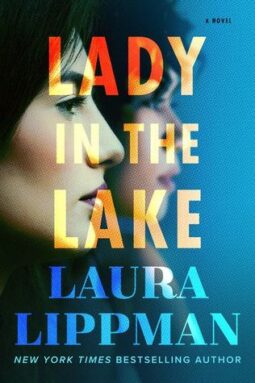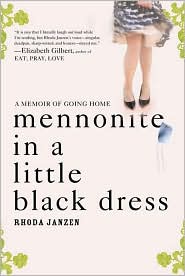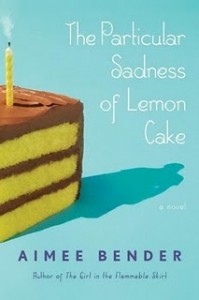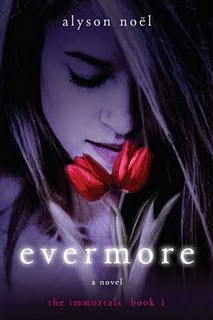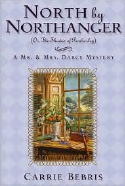This review contains affiliate links, which earn me a small commission when you click and purchase, at no extra cost to you. Thank you for supporting my small business and allowing me to continue providing you a reliable resource for clean book ratings.
It’s 1966 in Baltimore, and Maddie Schwartz has left her nearly 20-year marriage. She did what was expected of her as a reasonably observant Jew at age 18 and married a young Jewish man with a promising future and good family. But she’s longed for more meaning in her life than raising her one son and keeping a nice house. So she rents a small apartment and tries to figure out what she wants to do. When as part of a volunteer search team, she finds the body of a young girl in her community who was murdered, Maddie realizes she may make a good reporter. Despite being in her late 30s, and a woman at that, she finesses herself into a job at the Star, doing the most basic work. Next, to find a news story she can report on and write herself to prove her mettle. Maddie seizes on the discovery of the body of a woman in a lake to investigate. Her mentors at the paper tell her there’s no real story there; the woman is black, and there’s not even necessarily a question of the death being foul play. But she is determined to follow the trail of what happened.
Cleo Sherwood is the young woman who went missing and was identified as the “lady in the lake.” Throughout the book, she shares bits of her point of view, talking to Maddie, telling her to leave the story alone. Various other characters get short opportunities to share their points of view throughout the book, too, as Maddie comes across them. Maddie is the main character, though, a woman who yearns — hungers — to be more than she is, to make a difference, to be heard: a particular challenge for a woman in her era. Even so, she has more opportunity than Cleo, whose color limits her even more. For Cleo desperately wants to be more than she is, too. She wants things. She yearns and hungers for more. But she ends up dead in a lake.
I had thought that this book was primarily a murder mystery, but it was really more the story of a woman (primarily Maddie, though Cleo’s story echoes Maddie’s) who lived in a time that made it particularly difficult for her to attain her goals, to suck the marrow out of life. But she didn’t let those roadblocks stop her, for good and ill: especially the latter, for Maddie’s choices definitely impact those around her. As a journalist myself, I found it fascinating to visit newsrooms of decades past, and while I was skeptical (as the newspaper staffers rightly are) about Maddie’s lack of training, I still rather enjoyed seeing what she was able to do with her wits and skills learned in other settings. All in all, I found this to be well-written, but I was looking for less coming-of-middle-age story and more actual murder story, so I wasn’t as wrapped up in it as some may be.
Rated: High. Profanity is fairly minimal: There is one instance of strong language and fewer than 10 uses of mild and moderate profanity. Sexual content is not very detailed but is frequent; the main character has a lot of secret (illicit?) sex with a black police officer she meets. She talks in her narration about her sexual experience as a teenager before she married and how she enjoyed sex more than perhaps was expected or “natural” than was proper for a woman in that era. She had an abortion as well as a result of her secret affair as a 17-year-old. Violence is mostly limited to the two murders, one of a preteen girl who is strangled, and a woman found dead in a lake. Descriptions of the bodies are fairly brief but do tell what they looked like.
Click here to purchase your copy of Lady in the Lake on Amazon.
